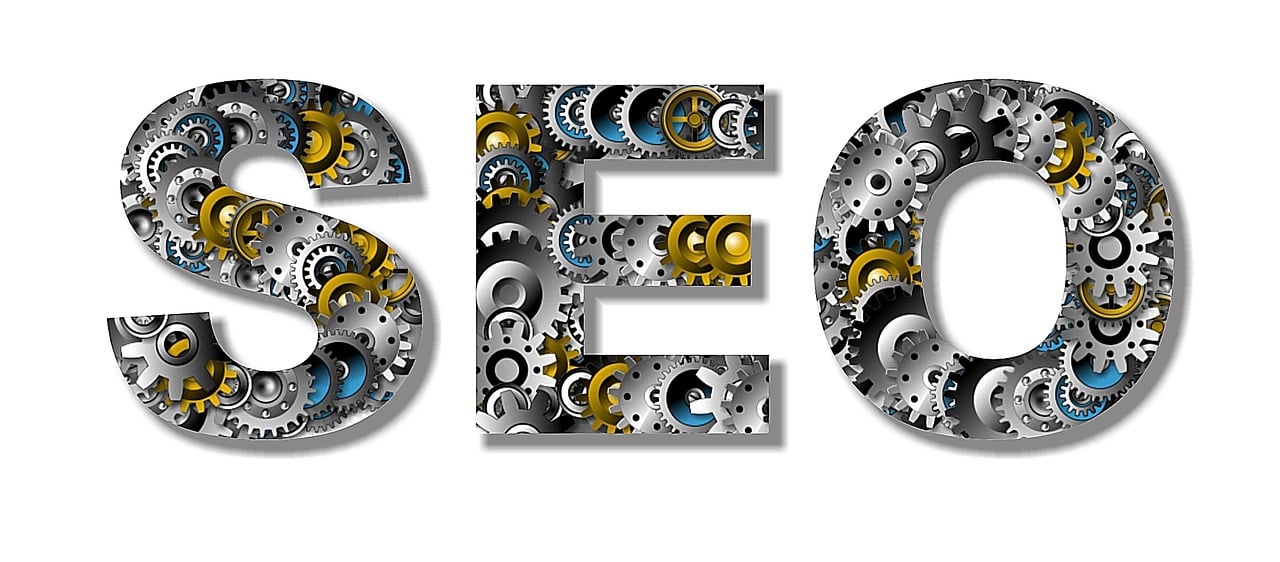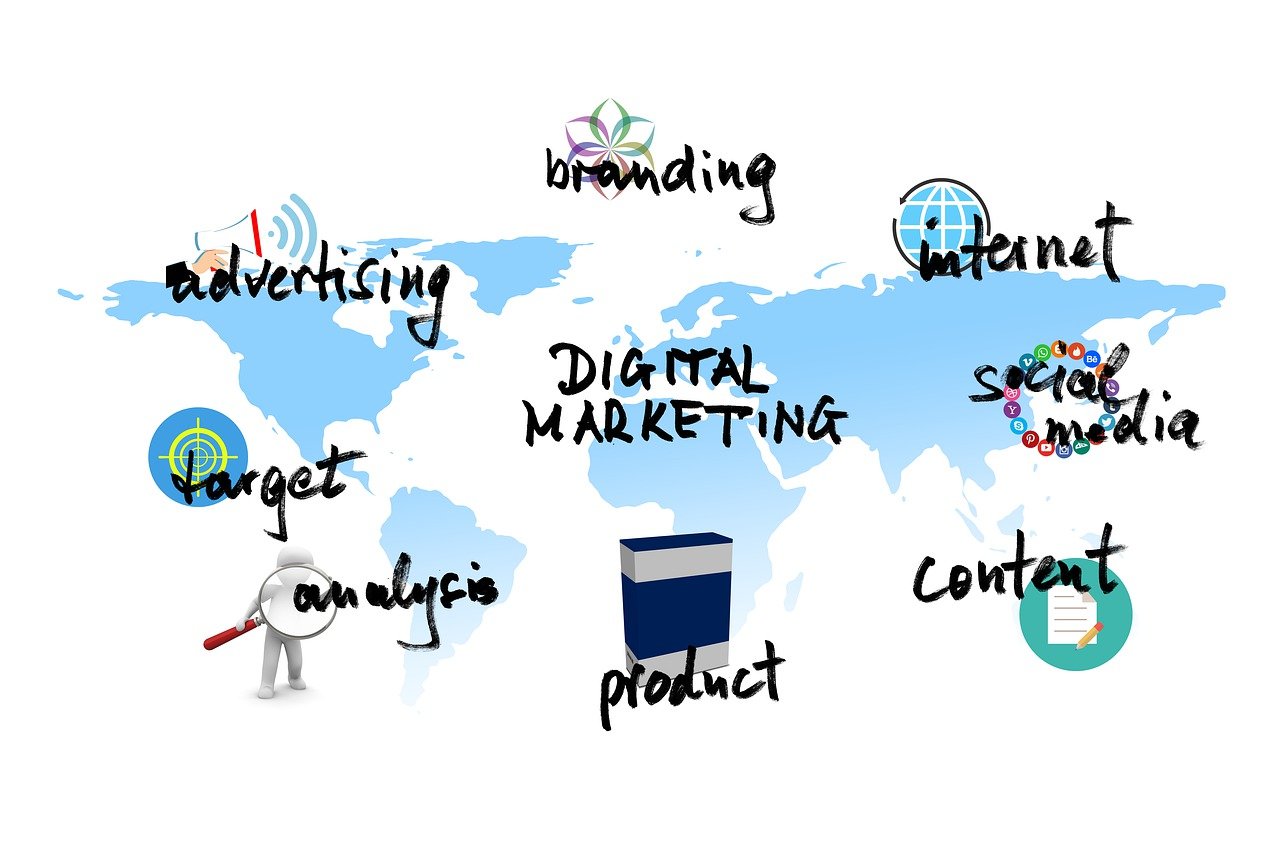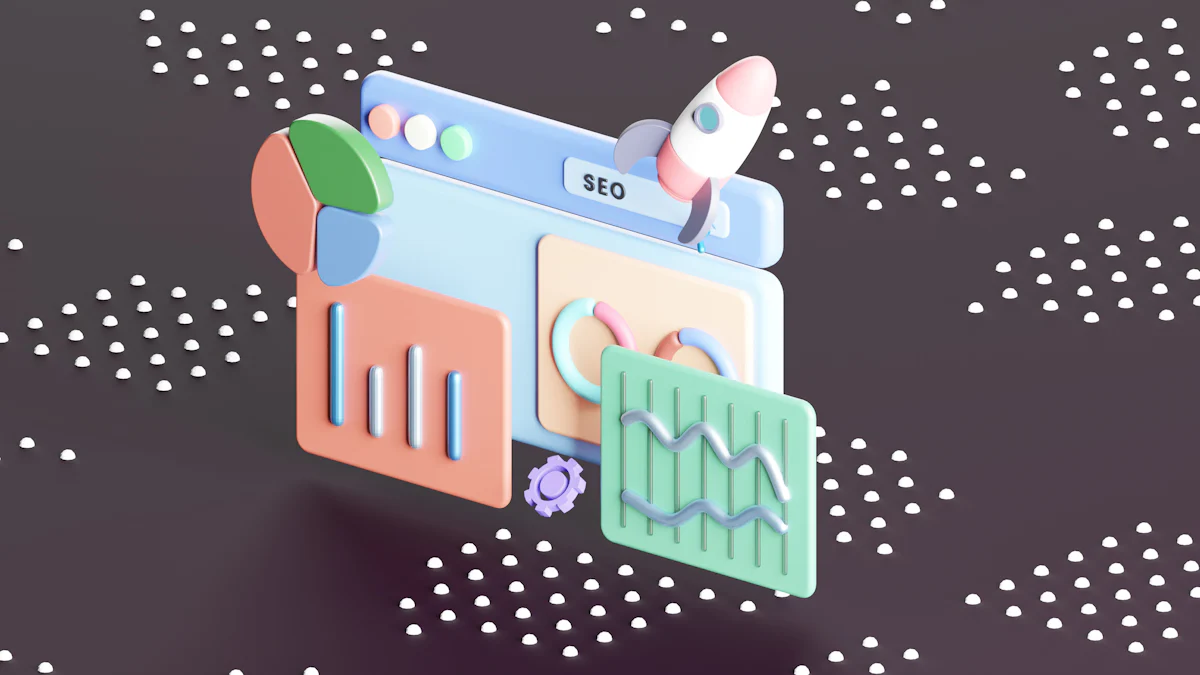What is Automatic Internal Linking and Why It Matters for SEO

Automatic internal linking uses tools or software to connect pages within your website. It simplifies navigation for users and helps search engines crawl and index your content efficiently. A well-structured internal linking strategy distributes link authority across your site, boosting the visibility of less prominent pages. According to Moz, internal links significantly influence how pages rank for specific keywords. This approach also enhances user experience by increasing dwell time and reducing bounce rates. With automatic internal linking, you can improve your site's SEO performance while creating a seamless browsing experience.

Key Takeaways
Automatic internal linking enhances website navigation, making it easier for users to find relevant content and for search engines to crawl your site effectively.
Implementing a well-structured internal linking strategy can significantly boost the visibility and ranking potential of less prominent pages on your website.
Using tools for automatic internal linking saves time and ensures consistency, allowing you to focus on strategic adjustments for optimal SEO performance.
To maximize benefits, prioritize linking to relevant pages with descriptive anchor text and limit the number of links to 3-5 per page to avoid overwhelming users.
Regularly monitor and update your internal links to maintain their effectiveness and ensure they align with your content and SEO goals.
What is Automatic Internal Linking?
Definition and Purpose
Automatic internal linking refers to the process of using tools or software to create hyperlinks between pages on your website. These links connect related content, helping users and search engines navigate your site more effectively. The primary purpose of this technique is to improve your website's structure. It ensures that important pages receive adequate visibility and link authority.
For users, internal links make it easier to find relevant information. For search engines, they provide a clear path to crawl and index your content. This process also helps distribute link equity, which boosts the ranking potential of less prominent pages. By automating this task, you save time and ensure consistency across your site.
How Automatic Internal Linking Works
Automatic internal linking tools work by analyzing your website's content. They identify keywords or phrases and match them with relevant pages. Once identified, the tool inserts hyperlinks into your content automatically. For example, if you have a blog post about "healthy recipes" and another about "meal prep tips," the tool might link the two pages using the phrase "meal prep tips" in the first post.
Some tools allow you to set rules or preferences. You can specify which keywords to link, how often to link them, and which pages to prioritize. This level of customization ensures that your internal linking strategy aligns with your SEO goals.
Manual vs. Automatic Internal Linking
Manual internal linking involves adding hyperlinks yourself. You decide which pages to link and where to place the links. While this method gives you full control, it can be time-consuming, especially for large websites.
Automatic internal linking, on the other hand, streamlines the process. It reduces the effort required to maintain a consistent linking structure. However, it may lack the precision of manual linking. Combining both methods often yields the best results. You can use automation for routine tasks and manual linking for strategic adjustments.
Benefits of Automatic Internal Linking for SEO

Improved Crawlability
Search engines rely on internal links to navigate your website. Tools like GoogleBot use these links to discover and index pages. Without proper internal linking, some pages may remain hidden from search engines, reducing their chances of ranking. Automatic internal linking ensures that every important page on your site gets connected, making it easier for search engines to crawl your content.
A well-structured internal linking framework improves crawlability. This means search engines can better understand your website's structure and the relationships between pages. As a result, your content receives the indexing attention it deserves. This process not only boosts your SEO but also ensures that users can find valuable information more easily.
Enhanced User Experience
Internal links guide users through your website, helping them find related content quickly. When visitors can navigate your site effortlessly, they are more likely to stay longer and explore multiple pages. Automatic internal linking simplifies this process by connecting relevant pages without requiring manual effort.
For example, if someone reads a blog post about "healthy recipes," an internal link to "meal prep tips" can encourage them to continue browsing. This seamless navigation improves user satisfaction and keeps visitors engaged. A better user experience often leads to higher dwell times and lower bounce rates, both of which positively impact your SEO performance.
Better Link Equity Distribution
Link equity, also known as "link juice," refers to the value passed from one page to another through hyperlinks. Automatic internal linking helps distribute this equity more effectively across your site. By linking high-authority pages to less prominent ones, you can boost the visibility and ranking potential of those pages.
Efficient link equity distribution enhances your site's overall SEO. Studies show that structured internal links can improve crawlability by over 80%. Additionally, reducing page depth—how many clicks it takes to reach a page—can improve rankings by up to 50%. With automatic internal linking, you ensure that every page benefits from the authority of your strongest content.
Increased Page Views and Reduced Bounce Rates
Automatic internal linking plays a crucial role in keeping visitors engaged on your website. When you connect related pages, you encourage users to explore more content. This increases the number of pages they view during a single session. For example, if someone reads an article about "beginner workout tips," an internal link to "best post-workout meals" can spark their curiosity. They are more likely to click and continue browsing.
Reducing bounce rates is another significant benefit. A high bounce rate occurs when users leave your site after viewing only one page. This often signals that they did not find what they were looking for. Internal links help solve this problem by guiding visitors to additional relevant content. When users find value in your site, they stay longer and interact more with your pages.
You can also use internal links to highlight your most important content. By directing users to cornerstone articles or high-value pages, you ensure they see the best your site has to offer. This strategy not only improves user engagement but also signals to search engines that these pages are essential. Search engines may reward this with better rankings.
Incorporating automatic internal linking ensures these benefits are achieved consistently. The process saves time and ensures no opportunities for engagement are missed. With more page views and lower bounce rates, your website's performance improves, and your SEO efforts yield better results.
How to Implement Automatic Internal Linking

Tools and Plugins for Automatic Internal Linking
Choosing the right tool for automatic internal linking can simplify your workflow and improve your site's structure. Several tools and plugins cater to different needs and expertise levels. Here are some popular options:
Internal Link Juicer: This tool allows you to set up a silo structure and manually review links. It works well for budget-conscious users but lacks advanced features like link suggestions.
Internal Links Manager: A beginner-friendly option that automates linking but does not include reporting or advanced features.
Link Whisper: This AI-powered tool provides link suggestions and reporting. It suits users seeking advanced functionality, though some suggestions may miss the mark.
Internal Link Building: Offers customizable settings for user control. It is ideal for those who prefer simplicity over advanced features.
Keywords to Links Converter: Designed for affiliate marketers, this tool automates linking for affiliate keywords. However, improper configuration may lead to irrelevant links.
Rank Math: Provides contextual link suggestions but requires manual insertion. It is a good choice if you already use Rank Math for SEO.
Yoast SEO: Integrates internal linking with broader SEO analysis. While basic compared to dedicated tools, it works well for Yoast users.
When selecting a tool, consider your website's size, goals, and budget. Look for features like automation, manual control, and reporting to ensure the tool meets your needs.
Best Practices for Effective Internal Linking
To maximize the benefits of automatic internal linking, follow these best practices:
Use Descriptive Anchor Text: Ensure the anchor text clearly indicates the topic of the linked page. This helps users and search engines understand the context.
Link to Relevant Pages: Direct users to content that adds value to their experience. Irrelevant links can frustrate visitors and harm your SEO.
Prioritize Deep Links: Focus on linking to less-visited pages. This strategy distributes link equity evenly and improves the visibility of hidden content.
Create Topic Clusters: Group related articles and link them to a central pillar page. This structure signals topical authority to search engines.
Limit the Number of Links: Aim for 3-5 internal links per page. Too many links can dilute their value and overwhelm readers.
Position Links Strategically: Place links higher on the page for better visibility. Users are more likely to click on links they see early in the content.
By implementing these strategies, you can enhance your site's navigation, improve user experience, and boost SEO performance. Remember to monitor your links regularly to ensure they remain relevant and functional.
Common Mistakes to Avoid with Automatic Internal Linking
Over-Optimization
Over-optimization occurs when you add too many internal links or link to low-quality pages. This practice can harm your website's SEO and user experience. Search engines may interpret excessive linking as spammy behavior, which can negatively impact your rankings. Users may also feel overwhelmed by an abundance of links, reducing their engagement.
Tip: Focus on quality over quantity. Link only to pages that provide value and align with the content's context.
Here’s a quick breakdown of common over-optimization issues and how to address them:
Issue | Description | Recommendation |
|---|---|---|
Too many links dilute their value and overwhelm users. | Be strategic, linking only to relevant, high-quality pages. | |
Links to poor content can harm your site's authority and confuse search engines. | Regularly audit and remove links to underperforming pages. |
Linking to Irrelevant Pages
Linking to irrelevant pages confuses both users and search engines. When users click on a link expecting related content but land on an unrelated page, they may lose trust in your site. Search engines may also penalize your site for poor thematic relevance, which can lower your rankings.
Linking to irrelevant pages can:
Lead to penalties from search engines.
Dilute link equity, reducing the effectiveness of your internal linking strategy.
Create a poor user experience, decreasing engagement and trust.
To avoid this mistake, ensure every link serves a purpose. For example, if you’re writing about "SEO tools," link to pages that expand on related topics like "keyword research" or "site audits."
Neglecting to Monitor and Update Links
Failing to monitor and update your internal links can render them ineffective over time. As your site grows, some links may break or point to outdated content. This can frustrate users and harm your SEO.
Note: Regularly reviewing your internal links ensures they remain relevant and functional.
Follow these steps to maintain an effective linking structure:
Periodically review your links to ensure they work and align with your content.
Use tools like Google Analytics to track user interactions with your links.
Update older posts to include links to new, relevant content.
Tools like Screaming Frog, SEMrush, and Ahrefs can help you identify broken or outdated links. These tools provide detailed reports, making it easier to fix issues and maintain a healthy internal linking strategy.
By avoiding these common mistakes, you can ensure your internal linking strategy supports both your SEO goals and user experience.
Automatic internal linking is a powerful tool for improving your website's SEO, user experience, and overall performance. By connecting related pages, you make your site easier to navigate and help search engines understand its structure. Implementing this strategy with the right tools and best practices ensures consistent results.
The long-term benefits are undeniable. Ninja Outreach saw a 40% increase in organic traffic after refining their internal links. Orbit Media Studios improved a page's ranking from 33 to 5 by optimizing its linking structure. Similarly, Dave Davies' case study revealed 56 more top-100 terms and 2 additional top-3 terms after fixing broken links.
Start building a well-structured internal linking strategy today. Over time, you’ll see higher rankings, more traffic, and better engagement.
FAQ
What is the difference between internal and external links?
Internal links connect pages within your website. External links direct users to pages on other websites. Internal links improve your site's structure and SEO. External links provide additional resources or references. Both types of links play important roles in enhancing user experience and search engine rankings.
How many internal links should you include on a page?
You should aim for 3-5 internal links per page. This ensures a balance between usability and SEO. Too many links can overwhelm readers and dilute link value. Focus on linking to relevant, high-quality pages that add value to your content.
Can automatic internal linking harm your SEO?
Yes, if misused. Over-optimization, irrelevant links, or broken links can harm your SEO. Search engines may penalize spammy linking practices. To avoid this, monitor your links regularly and ensure they align with your content and SEO goals.
Do you need technical skills to use automatic internal linking tools?
No, most tools are user-friendly and require minimal technical knowledge. Plugins like Link Whisper or Yoast SEO offer simple interfaces. You can set rules, review suggestions, and automate linking without coding experience. Choose a tool that matches your expertise level.
How often should you update your internal links?
You should review and update your internal links every few months. This ensures they remain relevant and functional. Use tools like Screaming Frog or Ahrefs to identify broken links. Updating links also helps connect older content to newer pages, improving your site's structure.
See Also
Unlocking SEO Success with LSI Keyword Insights
Effective Link Exchanges for a Strong SEO Strategy
Navigating Google's SGE: The Next SEO Frontier
SEO's Evolution in the Age of Google SGE
A Complete Guide to Understanding Search Engine Optimization

